Walking into a clinic and feeling truly seen and respected is a basic right everyone deserves. Yet, many transgender, non-binary, and LGBTQIA+ individuals face healthcare systems that respond with skepticism and misunderstanding instead of empathy.
For these communities, healthcare can feel unsafe and neglectful due to discrimination and lack of informed care. It’s crucial to create inclusive spaces that affirm identities, uphold legal protections, and ensure every patient feels safe and supported.
Let’s Talk About Gender Identity
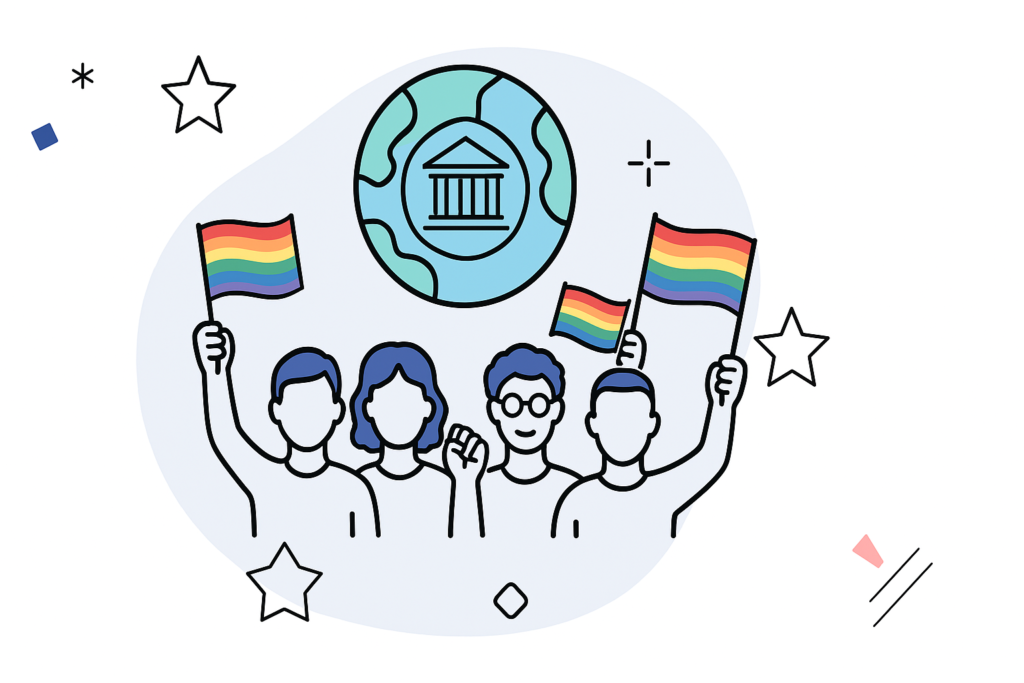
Before diving in, here’s a crucial distinction:
- Sex: Assigned at birth, based on anatomy, chromosomes, and hormones.
- Gender: One’s personal experience of identity, shaped by culture, roles, and self-expression.
Across history and cultures, gender has never been strictly binary. Indigenous traditions have long recognized diverse gender roles; like the Two Spirit in Native America, Hijra in South Asia, or Bakla in the Philippines. Gender identity is deeply personal.
The Reality: Challenges Faced by Gender-Diverse Communities
Despite growing awareness, many transgender and gender-diverse individuals still navigate:
- Discrimination and violence
- Family and school rejection
- Barriers to education, jobs, and healthcare
- Lack of legal recognition
Even as the WHO removed “gender identity disorder” in 2019, forced psychiatric evaluations or sterilization still persist in some systems.
India’s Legal Landscape: Progress and Protections
NALSA Vs Union of India (2014)
The Supreme Court recognized transgender persons as a third gender and upheld their right to self-identify.
Constitutional Protections
- Article 14: Equality before the law
- Article 15: Freedom from discrimination (includes gender identity)
- Article 19: Freedom of gender expression
- Article 21: Dignity, privacy, and bodily autonomy
Transgender Persons (Protection of Rights) Act, 2019
- Prohibits discrimination in education, healthcare, and employment
- Recognizes self-perceived gender (but often needs medical proof)
- Mandates inclusive workspaces and grievance redressal
Navtej Singh Johar Vs Union of India (2018)
Decriminalized consensual same-sex relationships, reinforcing LGBTQIA+ rights.
Where the System Falls Short
Legal wins aside, the gap in implementation is stark:
- Stigma and social rejection
- Lack of gender-affirming services
- Few trained medical professionals
- Unemployment and economic exclusion
- Bureaucratic hurdles for ID and welfare access
Steps Toward Inclusion: Government and Judicial Efforts
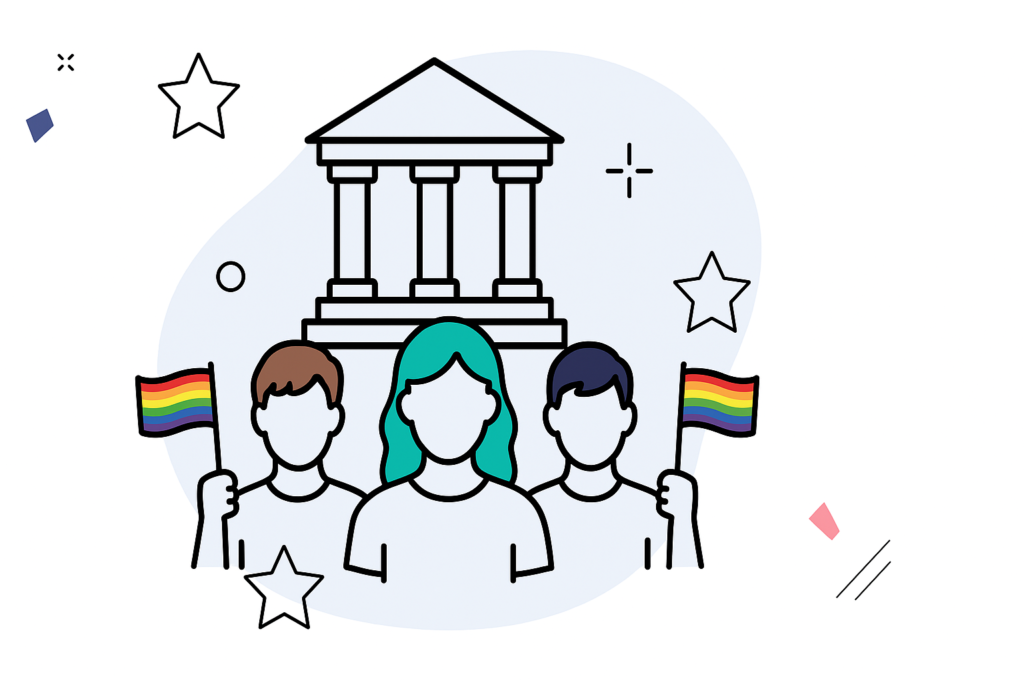
Welfare Schemes
- Garima Grehs offer housing, vocational support, and care.
- States are rolling out social security schemes for transgender individuals.
Education & Employment
- OBC reservation for trans individuals in many states
- Mx. Alia SK v. State of West Bengal: Ensured equal access to education
Judicial Oversight
- G. Nagalakshmi v. State of T.N.: Protected trans rights at workplaces
- Ongoing court interventions reinforce constitutional protections
The Road Ahead: What True Inclusion Looks Like
Transforming healthcare means more than removing barriers; it means building systems that uplift and affirm:
- Cultural competency and inclusive training for providers
- Accessible, affordable gender-affirming services
- Use of respectful language and pronouns
- Community collaboration to co-create policies
- Removal of medical proof requirements for gender identity
Final Thoughts
Affirming someone’s identity goes beyond kindness, it’s a crucial step toward equitable care. When healthcare becomes inclusive, it doesn’t just enhance physical well-being; it nurtures mental and emotional health too.
But the impact extends beyond the clinic walls. By embracing care that acknowledges and celebrates diverse identities, we lay the foundation for a society built on dignity, empathy, and justice. Let’s move toward a future where healthcare doesn’t just treat symptoms, it uplifts lives.
📚 Glossary: Know the Terms
Cisgender: Identifying with assigned gender at birth
Gender Diversity: Broad spectrum of gender expressions and identities
Gender Dysphoria: Distress from mismatch between gender identity and assigned sex
Gender Expression: Outward presentation of gender
Gender Identity: One’s internal sense of self
Gender Nonconforming: Not adhering to traditional gender norms
LGBTQIA+: Lesbian, Gay, Bisexual, Transgender, Queer/Questioning, Intersex, Asexual
Transgender: Identity that differs from assigned sex at birth
Join the Conversation
Have stories, experiences, or suggestions to share? Your voice matters with Edzorb Law. Let’s build an inclusive care system, together; one story, one policy, one person at a time.

 Podcast
Podcast
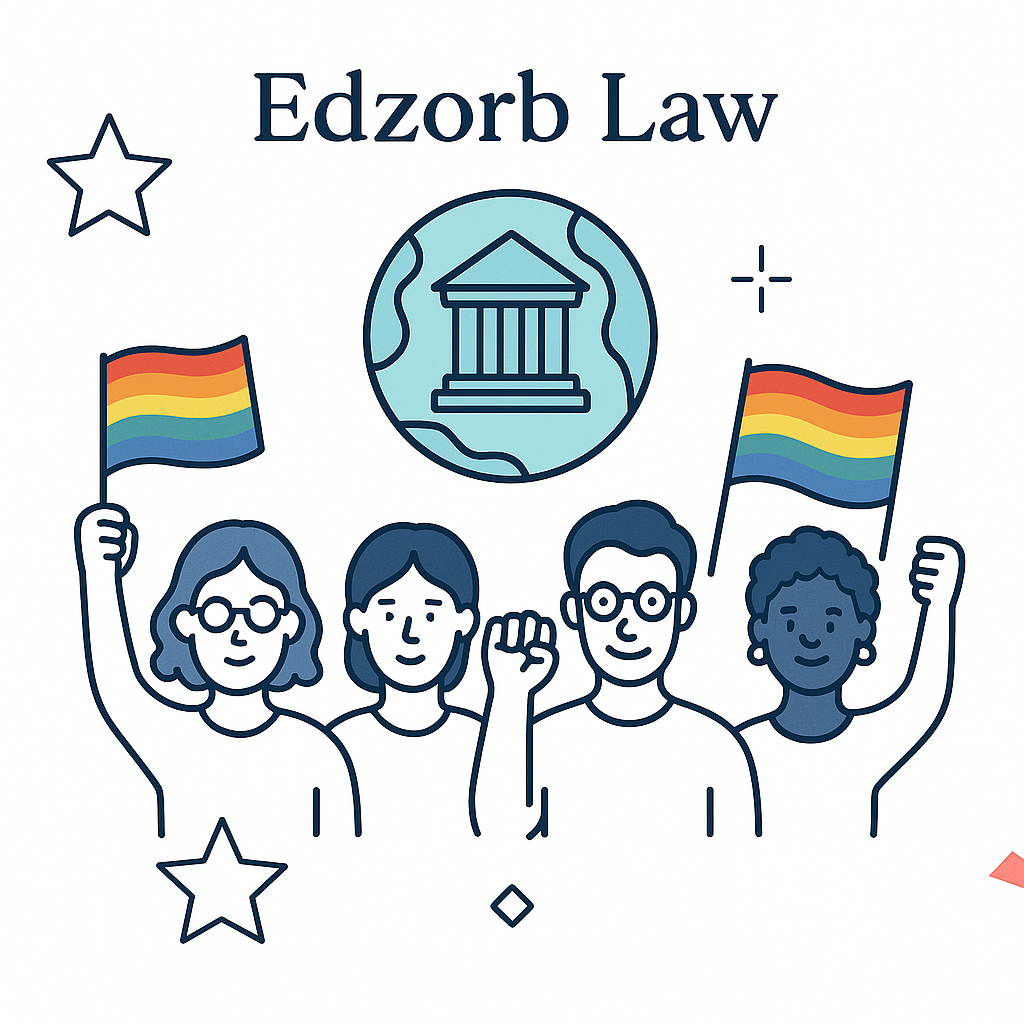
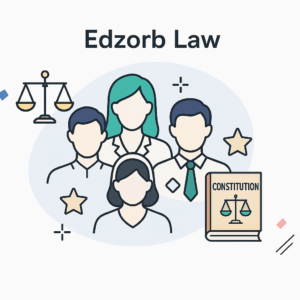

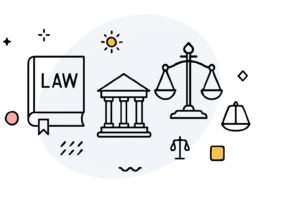




 Features
Features






